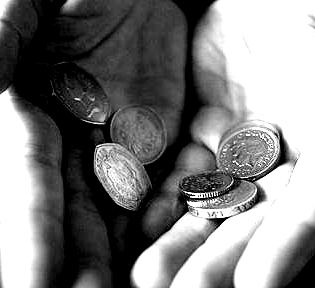Big hit for low-income hinges on budget plans
 New figures suggest growth in living standards will dramatically slow in the coming decade, and actually decline for the country's most disadvantaged people.
New figures suggest growth in living standards will dramatically slow in the coming decade, and actually decline for the country's most disadvantaged people.
The National Centre for Social and Economic Modelling (NATSEM) – one of Australia’s leading economic modelling centres - has concluded that the next 10 years will see living standards for single parents and the unemployed go backwards.
Meanwhile, growth across the economic spectrum will slow and inequality will rise.
Their analysis shows that since 2004, the top 20 per cent of households have seen growth in living standards of 28.4 per cent.
But living standards in the bottom 20 per cent of households have grown at just 15.1 per cent.
The gap in living standards between the richest and poorest households is now at 13 per cent.
But it is the forecast for living standard growth over the next decade that is most concerning for welfare groups.
The research predicted the standard of living for all Australians would rise by just 1.7 per cent in the next decade – about 0.2 per cent a year.
Living standards for the bottom 20 per cent of households seem set to decline by almost 5 per cent.
Changes to pensions, and family and single parent payments from the last two federal budgets are a major driver of the forecasted decline, according to the report's author Ben Phillips.
However, there is some hope for improvement.
Many of the budgetary measures Mr Philips predicts which will push down living standards are yet to pass the Senate.
“A lot will depend on whether those measures pass, and of course how future governments respond to the concerns for lower income families and the challenges that government will face with regards to reduced revenues and the budget deficit issues in coming years,” he told reporters.








 Print
Print